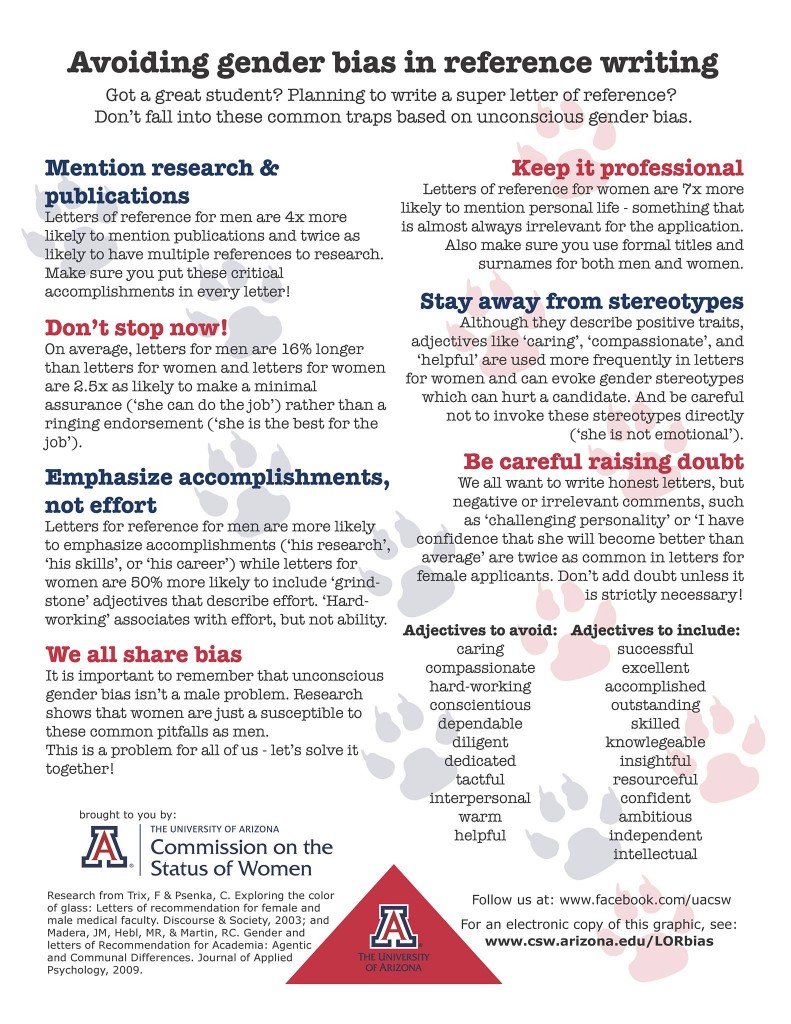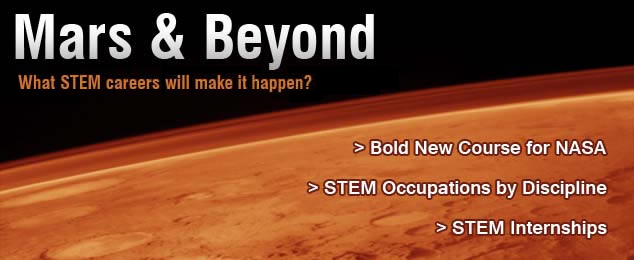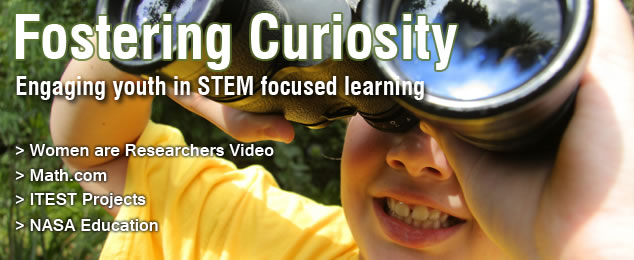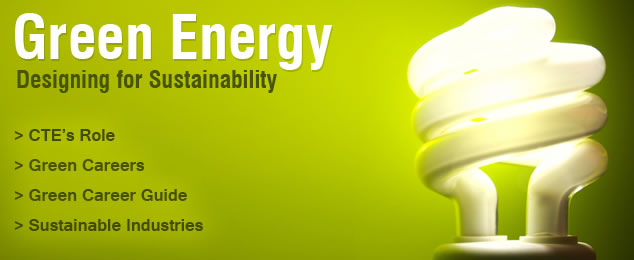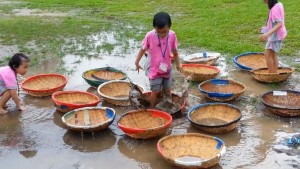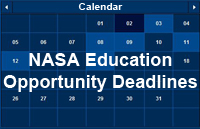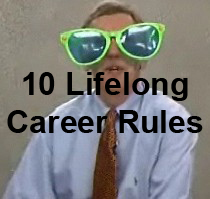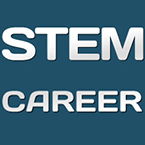Did you know that women are just as biased against female STEM students as men? This bias can even be communicated implicitly through language used in letters of recommendation. Read this simple this info-graphic to learn more about how you can better support your students in their vocational pursuits by providing them with bias-free letters of recommendation that accurately showcase their accomplishments. With simple tips like staying away from stereotyped language and emphasizing accomplishments instead of effort, you can begin to accurately articulate your student’s capacity for a successful STEM career.
